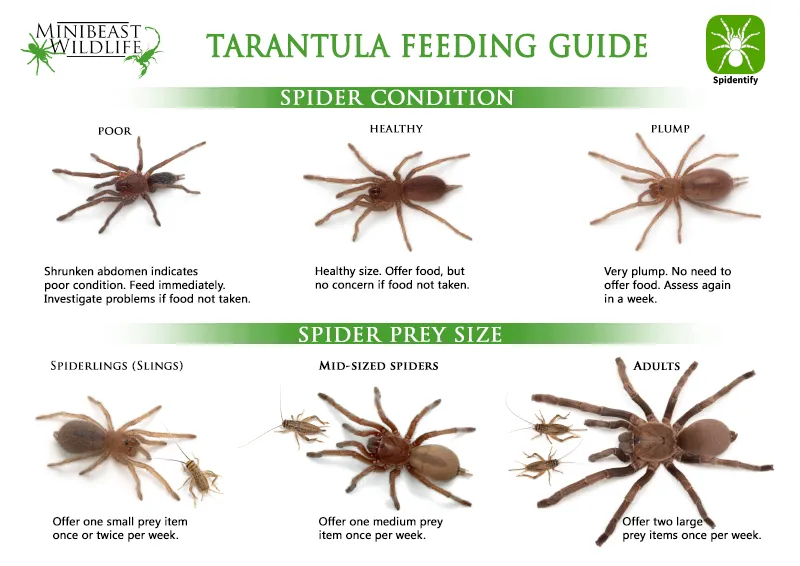Tarantula Feeding Basics
Feeding your tarantula properly is crucial to its health and longevity. As a tarantula owner, understanding the dietary needs of your eight-legged friend is essential for their overall well-being. Unlike mammals, tarantulas have a relatively simple digestive system, and their diet primarily consists of live insects. This guide will provide you with a comprehensive overview of how to feed your tarantula, covering everything from the best food options to the frequency of feeding and how to monitor your tarantula’s health to ensure they are thriving. By following these guidelines, you can provide your tarantula with the nutrition they need to live a long and healthy life.
Understanding Your Tarantula’s Needs
Tarantulas are opportunistic predators, meaning they will eat whatever they can catch. However, their specific nutritional needs vary depending on their age, species, and overall health. Juvenile tarantulas require more frequent feedings than adults because they are growing rapidly. Adult tarantulas, on the other hand, can go for extended periods without eating. It’s also important to consider the specific needs of the species you own; some species have different dietary preferences or require more specific prey items to thrive. By understanding these factors, you can create a feeding schedule that meets the unique requirements of your tarantula.
Factors Influencing Feeding Frequency
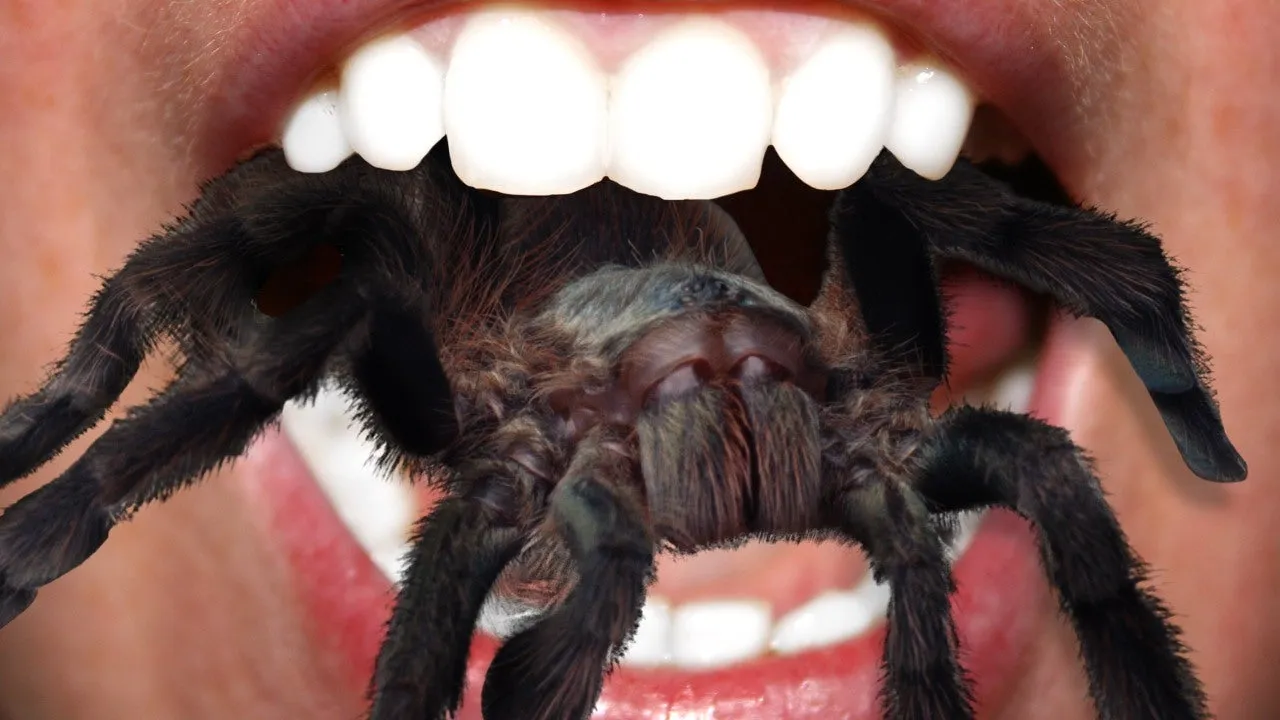
Several factors influence how often you should feed your tarantula. The most important is their age. Spiderlings and juveniles, due to their rapid growth, often need to be fed every other day or every three days. As they mature, the frequency can be reduced. Adult tarantulas might only need to be fed once or twice a week, or even less frequently. Temperature also plays a significant role; higher temperatures can increase their metabolism, making them eat more often, whereas cooler temperatures may slow down their appetite. Furthermore, the size of the prey should be appropriate; it should be no larger than the tarantula’s abdomen. Overfeeding can lead to health issues, so observe your tarantula and adjust the feeding schedule accordingly.
Best Foods for Tarantulas
The cornerstone of a tarantula’s diet is live insects, which provide essential nutrients and stimulate their natural hunting instincts. Choosing the right prey items is crucial. The insects should be gut-loaded (fed nutritious food for 24-48 hours before being fed to the tarantula) to enhance their nutritional value. Variety is also important to ensure your tarantula receives a balanced diet. Let’s explore the best food options for your tarantula, keeping in mind that you should always prioritize live and healthy insects. Remember to remove any uneaten prey after 24 hours to prevent harm to your tarantula.
Live Insects
Live insects are the most natural and beneficial food source for tarantulas, stimulating their predatory behavior and providing essential nutrients. These insects should be readily available at pet stores or online. Before feeding, ensure the insects are healthy and free from pesticides. Provide the insects with a nutritious diet (gut-loading) to increase their nutritional value for your tarantula. The size of the insect should be appropriate for your tarantula, never exceeding the size of their abdomen. Always monitor your tarantula after feeding, and remove any uneaten insects within 24 hours to prevent them from stressing or potentially harming your pet.
Mealworms
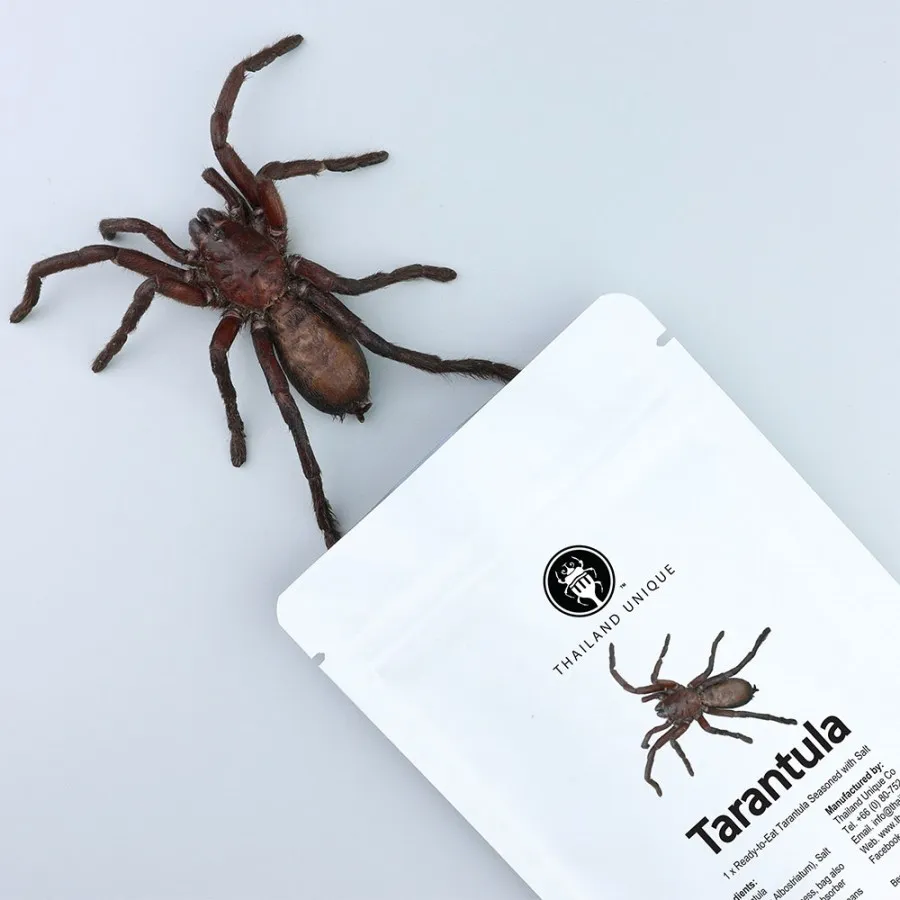
Mealworms are a common and easily accessible food option for tarantulas. They are relatively easy to breed and maintain, making them a convenient choice for many keepers. However, mealworms have a tough exoskeleton, and it is recommended to feed them to your tarantula in moderation. Make sure to gut-load mealworms before feeding them. Mealworms can be a good supplemental food source but should not be the sole component of your tarantula’s diet. Always ensure the mealworms are free from parasites or diseases.
Crickets
Crickets are another popular choice, known for their nutritional value and ease of availability. They are readily available at pet stores, and their movement can stimulate the hunting instincts of your tarantula. Gut-loading crickets with a nutritious diet before feeding is crucial to maximize the benefits. Crickets are a well-rounded option, providing necessary protein and other nutrients. Make sure to monitor crickets for any signs of disease or illness. Crickets also need to be kept in a suitable environment to ensure they are healthy and can be a good food source for your tarantula.
Roaches
Roaches, such as Dubia roaches, are a highly nutritious and beneficial food source. They have a softer exoskeleton than crickets or mealworms, making them easier for tarantulas to digest. Roaches are also less likely to burrow and hide, making them a convenient food source. They are a protein-rich food with a good nutritional profile. Similar to crickets, roaches need to be gut-loaded to maximize their value. Roaches are a great option, especially for more experienced keepers looking to diversify their tarantula’s diet. Always obtain roaches from a reputable source to ensure their health.
Other Food Options
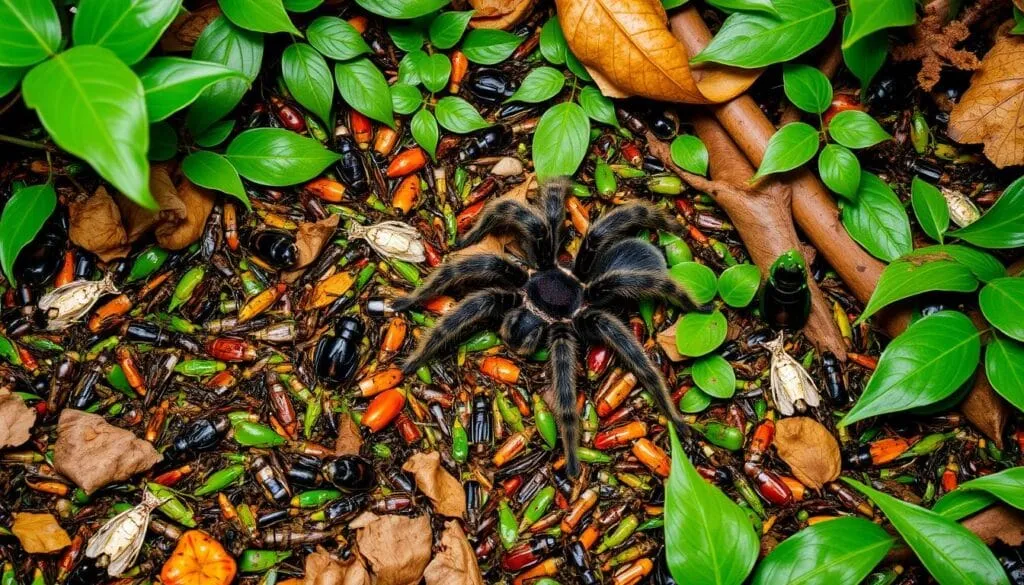
While live insects should form the majority of your tarantula’s diet, there are other options to consider, though they should be used sparingly or as supplements. The key is to offer variety while prioritizing the health and safety of your pet. These options can provide additional nutrients or be used to supplement the main diet of live insects. Always research any new food source before introducing it to your tarantula’s diet.
Pre-Killed Insects
Pre-killed insects can be a convenient option, especially for feeding younger tarantulas or those that may be skittish. These insects, which have been euthanized humanely, still provide nutritional value. However, it is important to ensure the insects are fresh and properly stored. Pre-killed insects can be offered using tongs or tweezers to make the process safer for both you and your tarantula. This option eliminates the risk of insects biting or stressing your tarantula. They’re a good alternative for convenience, but live prey is still preferable to stimulate natural hunting behavior.
Commercial Tarantula Food
Commercial tarantula food, which often comes in the form of pellets or gels, can provide supplemental nutrients. While not a primary food source, these products can be used in moderation to complement a diet of live insects. Research the ingredients to ensure they are appropriate for your tarantula’s species and nutritional needs. Commercial food can provide extra vitamins and minerals that may be missing from a diet of solely live insects. However, these should never be the sole diet, and should be researched to make sure they are suited to the tarantula’s needs.
Feeding Your Tarantula
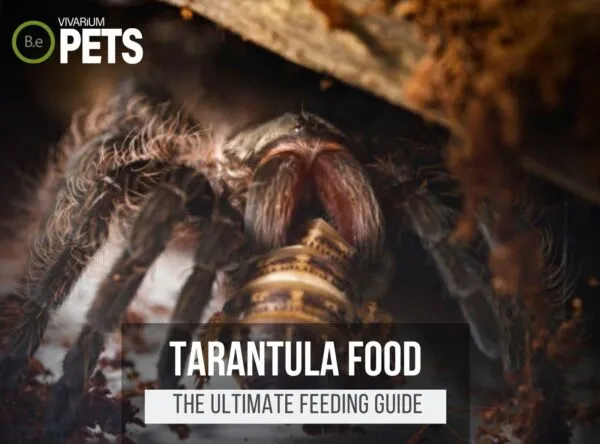
The process of feeding your tarantula should be a calm and deliberate process, done with the utmost care for both the spider’s well-being and your own safety. Using long tongs or tweezers is highly recommended to prevent bites. Always be gentle and patient. Create a routine to make the experience less stressful for your pet. Observe your tarantula’s behavior before and after feeding, and make adjustments as needed. By following these guidelines, you can create a positive feeding experience for your tarantula.
Handling Live Prey
When feeding live prey, it’s important to handle the insects with care. Use tongs or tweezers to offer the insects to your tarantula. Avoid dropping the insects directly into the enclosure, as this can stress the tarantula. If your tarantula doesn’t show interest immediately, remove the insect after 24 hours to prevent it from bothering the spider. Ensure the prey is of the correct size for your tarantula. Always supervise feeding, especially with new prey, to ensure your tarantula is eating safely and comfortably.
Providing Water
Water is as crucial as food. Always provide your tarantula with fresh, clean water in a shallow dish. Spiderlings and juvenile tarantulas should have a small, easily accessible water source, such as a bottle cap. Adults need a larger dish, but be sure the dish is not too deep to prevent drowning. Refill the water dish regularly and keep it clean to prevent the growth of bacteria and to provide your tarantula with a healthy environment. Fresh water is vital for hydration and overall health, so make it a daily practice.
Monitoring Your Tarantula’s Health
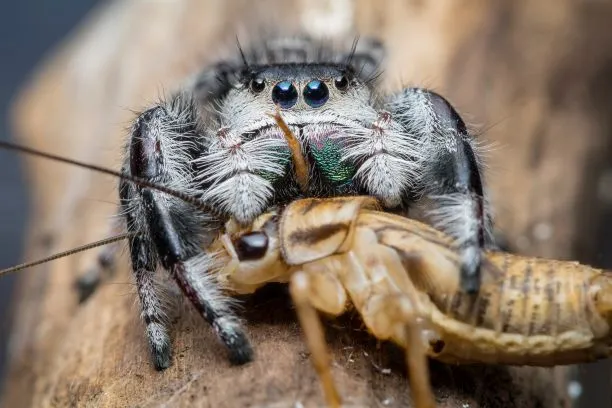
Regularly monitor your tarantula’s overall health to ensure they are thriving. Observe their behavior, including their appetite, activity level, and overall appearance. A healthy tarantula will have a robust appetite, be active, and exhibit a healthy appearance. Watch for signs of illness or stress, such as loss of appetite, lethargy, or unusual behavior. Adjust your feeding schedule and environment based on your observations, and consult with a veterinarian or experienced tarantula keeper if you notice any concerning symptoms. This is crucial for a long and happy life for your tarantula.
In conclusion, feeding your tarantula is a fundamental aspect of responsible pet ownership. By understanding the needs of your tarantula, providing the appropriate foods, and monitoring their health, you can create a thriving environment. Remember to always prioritize the well-being of your tarantula, and your efforts will be rewarded with a long and enriching companionship with this fascinating creature. Enjoy the journey of learning and caring for your tarantula, ensuring a happy and healthy life for your eight-legged friend!
